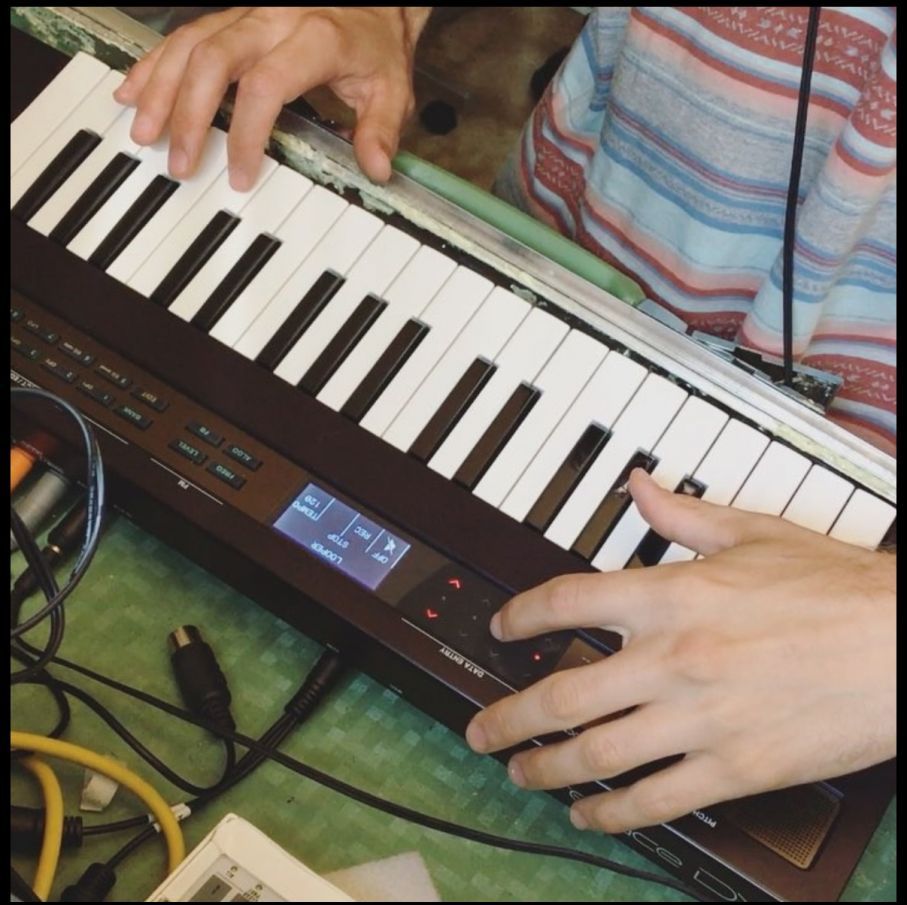Synthbits: The Groovy World of “thebrackett” on Instagram – Part III
Check out what he came up with using the reface DX looper function:
Like what you hear? Check out his duo Worms & Bugs here. The “Container” recording sounds great!
Want to share your comments about this Synthbits? Join the conversation on the Forum here.
And stay tuned for more tasty bits of Synth!
